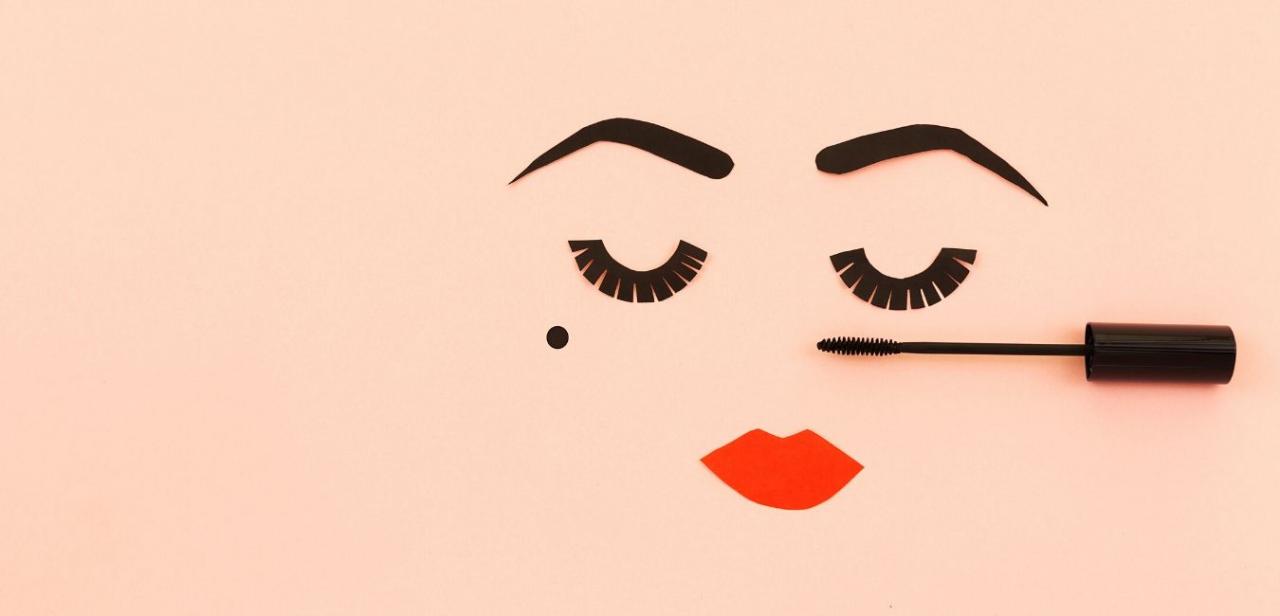 Eyecandy Images/Thinkstock
Eyecandy Images/Thinkstock
It seems that every few months, an advertiser comes out with a new and “edgy” marketing campaign involving depictions of violence against women.
Over the years, these depictions have ranged from images of men hitting women as the women express sexual ecstasy to images of beautiful women covered in bruises.
These images present violence as glamorous, even portraying the wounds of victims as beautiful. These images are universally damaging, and viewing them can have dramatically harmful effects both on individuals and on society as a whole.
Desensitization to Violence
Violence against women has reached epic proportions, with some estimates indicating that as many as 25 percent of women will be raped, and 35 percent of women will be victims of attempted rape.
Domestic violence is exceedingly common, with almost one in two women reporting at least one abusive relationship. These victims face a difficult uphill battle.
Rape victims frequently are not believed by police, prosecutors and juries, or are blamed for their rapes. Domestic violence victims frequently struggle to get resources to leave and are more likely to be killed immediately after leaving the abuser than at any other time.
The cost of violence against women is very real, but violent images desensitize us all to violence, making it look glamorous or normal. This can make it difficult for victims to get the services they need and may even cause them to be met with hostility when they seek help.
Increased Violence
Repeated exposure to violent imagery can lower someone’s threshold for committing violent acts, increasing the overall level of violence.
Even more troubling, glamorous images of violence convey the message that women actually like violence, that women exist to be dominated, and that women are weak and prone to victimization.
This lowers women’s overall social status and can subtly bias individuals’ impressions of and interactions with women.
Increased Fear
In a society where women are already frequently victims of violence, violent imagery can increase women’s fear and anxiety. Some sociologists believe that violence against women helps to control women as a group.
For example, when there is a risk of rape, women are less likely to assert themselves, to go out alone or to be able to relax. All of these choices can affect women’s quality of life and opportunities. By increasing women’s fear of violence, violent imagery subjugates women.
Revictimization
For women who have already been victims of violence, images of violence can be extremely damaging. Seeing violent images can “re-trigger” trauma, resulting in panic attacks, anxiety, flashbacks, and depression.
Frequent exposure to such images can prolong the process of recovery from trauma and, for some victims, may stop the process altogether.
Given that there’s no value to presenting these images to the general public, it is certainly not worth the high price victims of violence and abuse pay when they see them.
Sources:
Guinote, A., & Vescio, T. K. (2010). The social psychology of power. New York, NY: Guilford Press.
Hermann, J. L. (1997). Trauma and recovery: The aftermath of violence - from domestic abuse to political terror. New York, NY: BasicBooks.
Rudman, Laurie A., and Peter Glick. The social psychology of gender: How power and intimacy shape gender relations. New York: Guilford, 2010. Print.
Edited by Jody Smith






Add a CommentComments
There are no comments yet. Be the first one and get the conversation started!